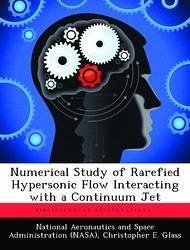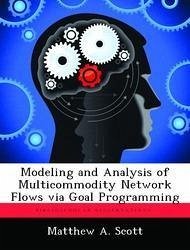Nicht lieferbar

Quantifying Non-Equilibrium in Hypersonic Flows Using Entropy Generation
Versandkostenfrei!
Nicht lieferbar
The constitutive relations traditionally used for finding shear stress and heat flux in a fluid become invalid in non-equilibrium flow. Their derivation from kinetic theory only demonstrates they are valid only for small deviations from equilibrium. Because it is fundamentally linked to non-equilibrium, entropy generation is used to investigate the limits of the continuum constitutive relations. However, the continuum equations are inherently limited to near equilibrium conditions due to the constitutive relations; thus kinetic theory may be used as a basis for comparison. Direct Simulation Mo...
The constitutive relations traditionally used for finding shear stress and heat flux in a fluid become invalid in non-equilibrium flow. Their derivation from kinetic theory only demonstrates they are valid only for small deviations from equilibrium. Because it is fundamentally linked to non-equilibrium, entropy generation is used to investigate the limits of the continuum constitutive relations. However, the continuum equations are inherently limited to near equilibrium conditions due to the constitutive relations; thus kinetic theory may be used as a basis for comparison. Direct Simulation Monte Carlo (DSMC), a particle method alternative to continuum methods, is based on kinetic theory and is used to develop a flow solution for benchmark comparison. Solutions were obtained for hypersonic flow over two axi-symmetric geometries using both a continuum solver and DSMC. Formulations for entropy generation are presented for each method, and the two solutions are compared. The continuum solutions fail to capture regions of non-equilibrium as evidenced by thicker shocks in the DSMC solution. To extend the useful range of the continuum constitutive relations, the Lennard-Jones model is offered as an alternative to Sutherland's Law for calculating viscosity and thermal conductivity. The two are compared, and parameters offering a good fit for these flows are suggested for the Lennard-Jones model.









